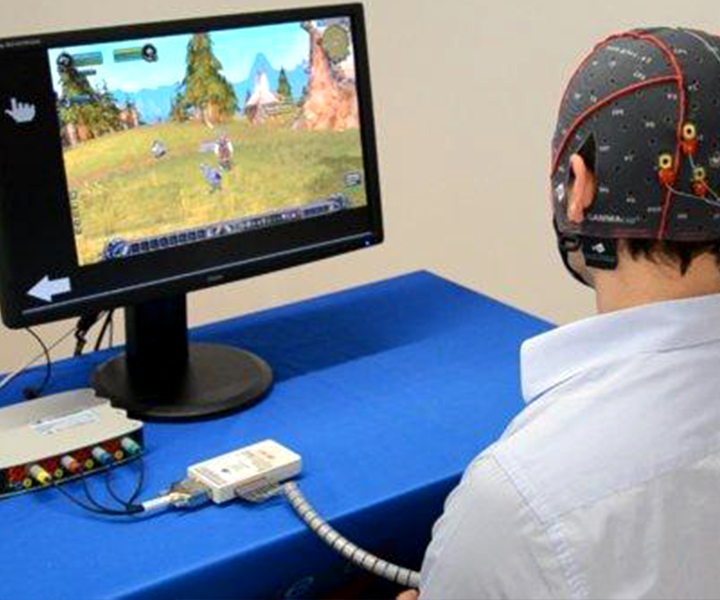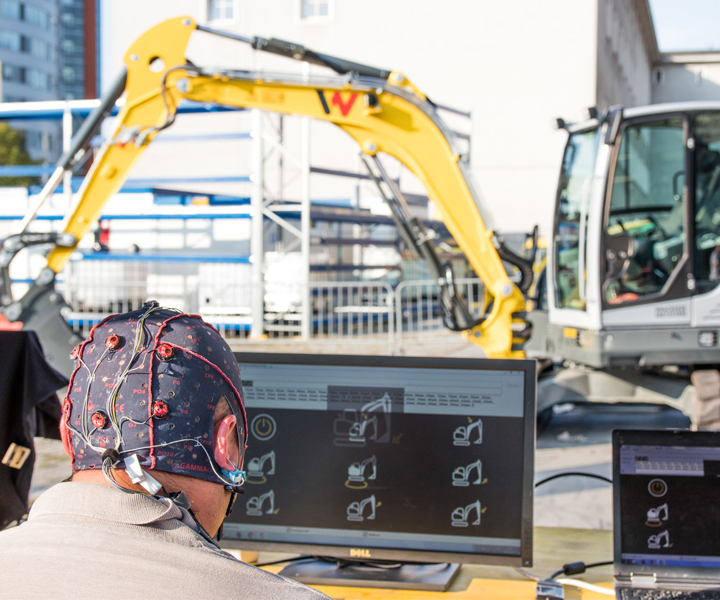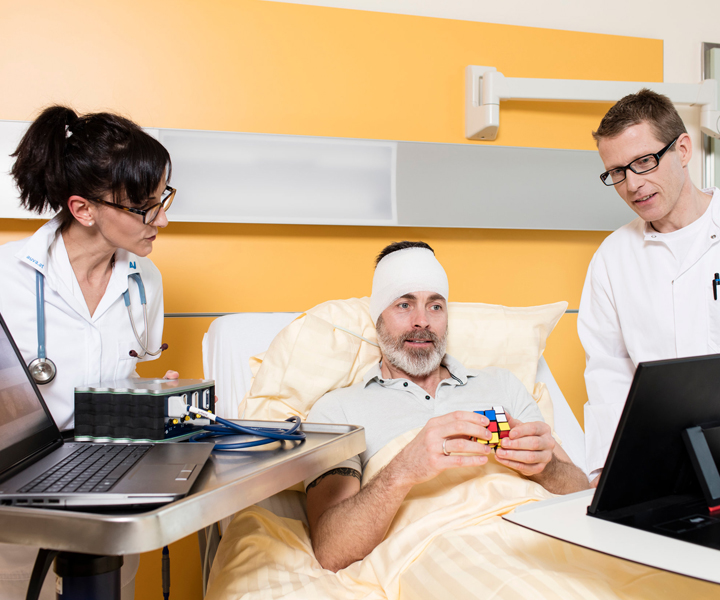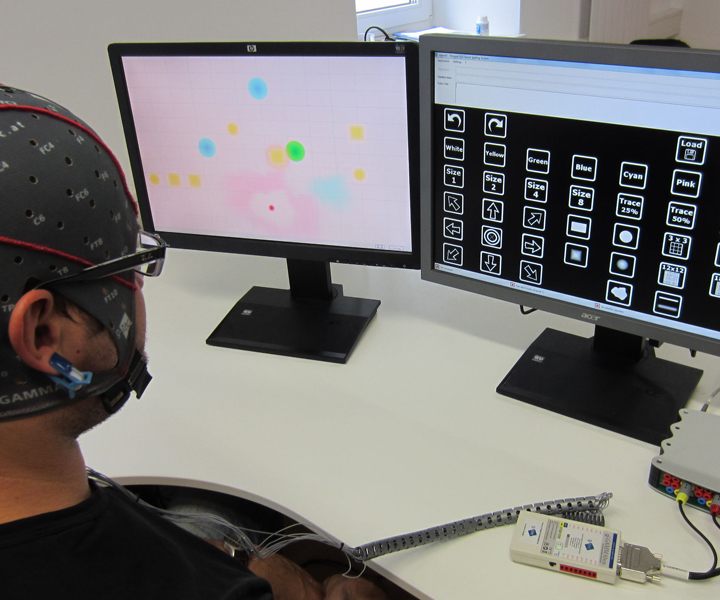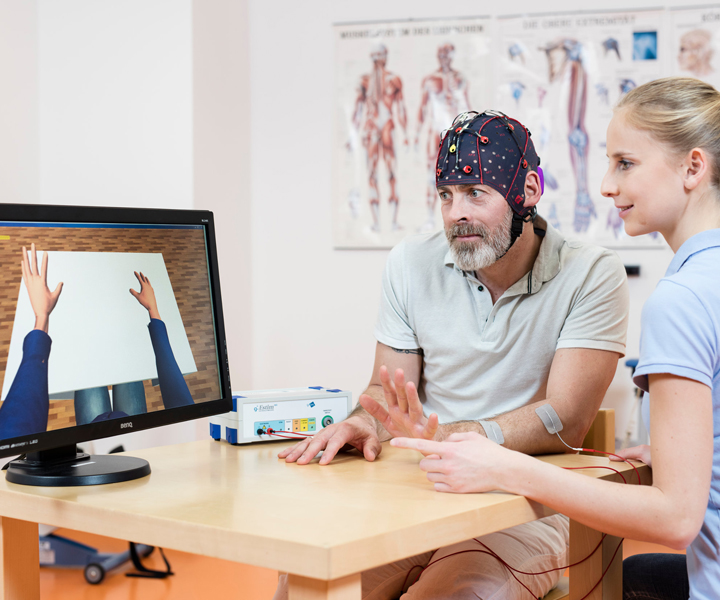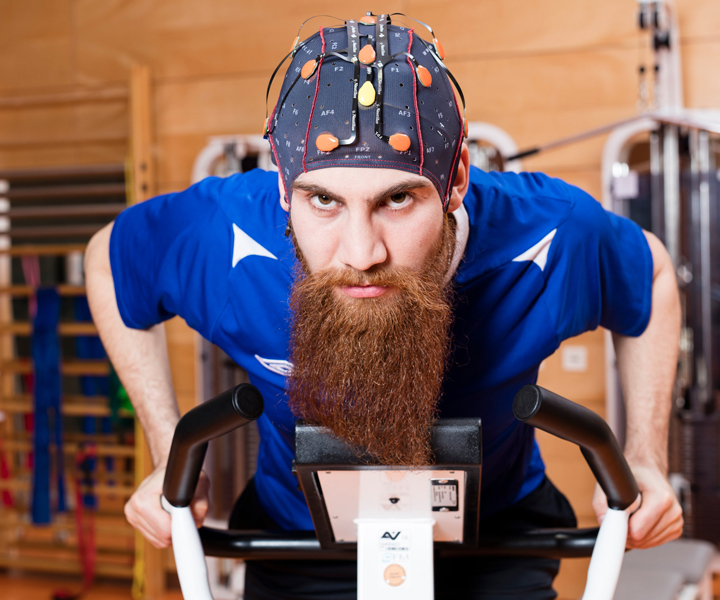What is Brain-Computer Interface(BCI) ?
What is Brain-Computer Interface(BCI) ?
Brain-Computer Interface (BCI) uses an electroencephalogram(EEG) to process the recorded data in order to offer a way of communication between a brain and a computer.
The Electroencephalography (EEG) is a physiological method aiming to record the electrical activity generated by the brain via electrodes placed on the scalp surface. As an example, mental actions lead to certain brain spots activation which are detected and transformed into external actions through the BCI system.
Therefore, such BCI systems may help a paralyzed user to control e.g. a neuroprostheses for standing-up/sitting-down maneuvers.
BCI Applications
BCI Applications
G.tec is a leader in the fields of BCI, medical devices, neurotechnology, neurorehabilitation and biosignal processing with branches in Schiedlberg and Graz (Austria), Barcelona (Spain), and New York (USA).
g.tec’s BCI systems are realized by four major principles: slow waves, steady-state visual evoked potentials (SSVEP), motor imagery (MI) and evoked potentials (EP)
The applications of the developed technology are extremely varied, from being used in clinics and hospitals to extended research in the rehabilitation field. Further on we will mention some examples:
A BCI Equipment uses the power of thoughts to:
☑ Write on a computer screen
☑ Controlling a prosthesis
☑ Controlling a mechatronic device
☑ Play a game
☑ Interacting with a virtual reality environment
Besides these examples, g.tec technologies can be used to:
☑ analyse the activity of the brain, heart or muscles
☑ brain assessments of severe brain injuries and disorders of consciousness
☑ rehabilitation after a stroke
☑ neuromarketing
☑ deep brain stimulation, brain mapping, neuro prosthesis, communication, painting and closed-loop invasive and non-invasive BCI experiments.
